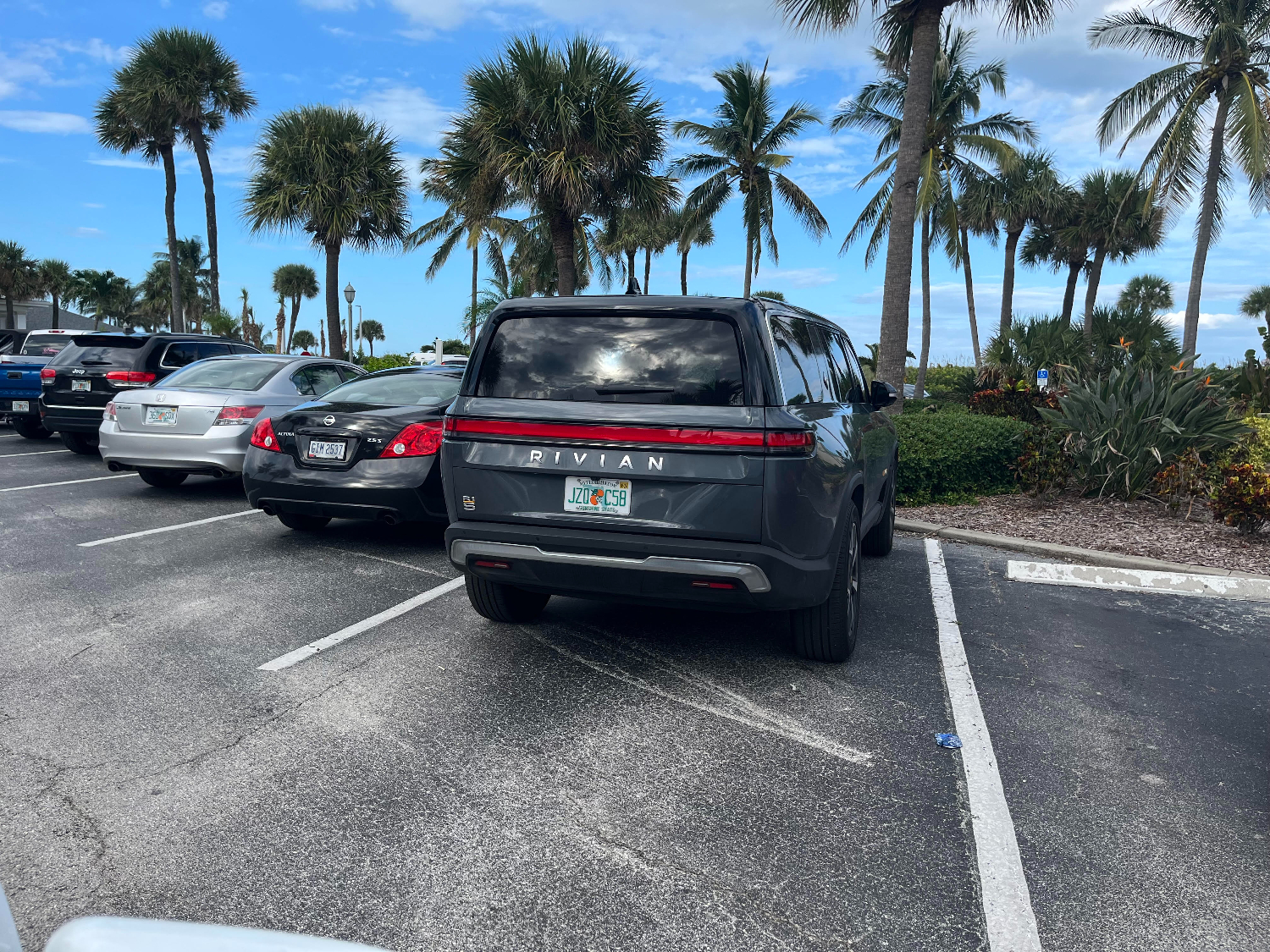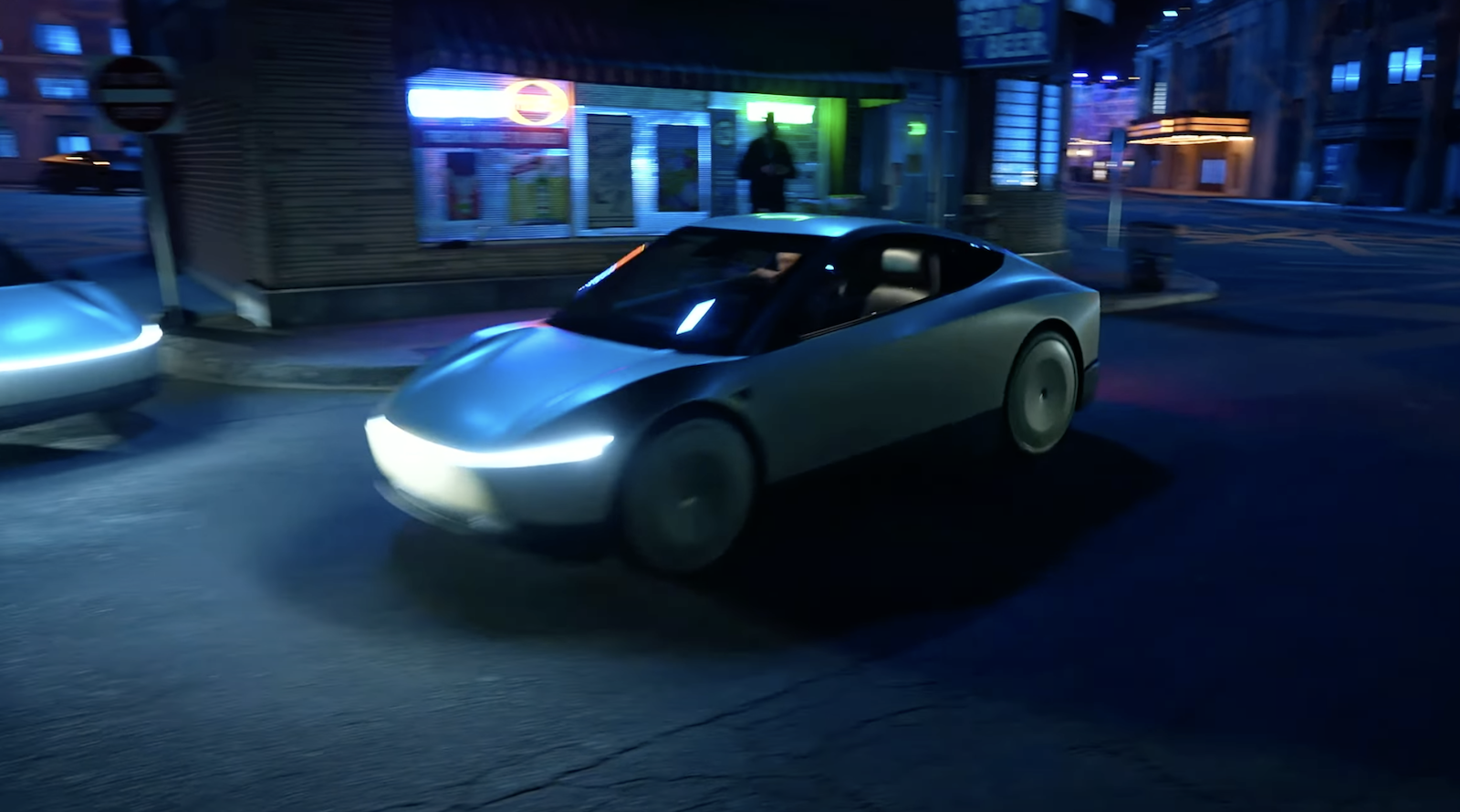Sign up for daily news updates from CleanTechnica on email. Or follow us on Google News!
It has been a truly awful couple of weeks for Tesla, what with softening demand leading to fewer deliveries and the company’s stock price heading south faster than Elon Musk’s credibility. A few days ago, my colleague Tina Casey wrote about how the Silverado EV pickup truck from General Motors will be capable of supplying backup power to people’s homes thanks to vehicle-to-home (V2H) bi-directional charging.
By 2026, most electric vehicles from GM will have V2H capability, but until then the GMC Sierra EV Denali, Chevy Equinox and Blazer EVs, and Cadillac Lyriq will have to wait for over-the-air software updates or even manual updates at a dealership in order to be able to share power with a customer’s home.
At a time when the buzz about electric cars appears to be diminishing somewhat — helped along by fossil fuel attacks on EVs — V2H technology may help put some magic back into the conversation. Granted, it won’t be much benefit to those who live in apartments, co-ops, and condos, but it can absolutely be a deal maker for those who live in single family homes. Here’s how that works.
V2H & GM
A homeowner who wants to protect against electrical outages has two primary options — install a backup generator or add a residential storage battery. Both have advantages and disadvantages. A generator may be able to supply electricity longer than a battery, provided there is fuel available to run it. It’s easy to overlook the fact that when the power goes out, gas pumps stop working too, so the length of time your generator can do its thing is limited by the supply of gasoline you have on hand.
A typical residential storage battery, on the other hand, has only 7 to 10 kWh of electricity available. (You can always buy two or three of them if you want, and have the cash to do so.) That’s enough for things that don’t draw a lot of power — computers, cell phones, LED lights, and digital TVs — but it can get used up quickly if you ask it to run your air conditioning system, freezer, water heater, or electric stove. That’s what is so appealing about the Silverado EV, which has a 200 kWh battery. Hook that up to your home and you can live through the apocalypse with nary a care. GM says the 200 kWh battery in the Silverado EV RST can provide up to 10.2 kW of electricity and could power an entire home for up to 21 days.
“As EV technology continues to evolve, GM is working toward elevating the overall ownership experience by introducing new ways for customers to unlock additional value and gain access to the expanded benefits of an all-electric future,” GM says in a recent press statement. The company has created a new division called GM which will offer a variety of home storage products that will make V2H bidirectional available to residential customers and small business owners. Such systems will “help mitigate the negative impacts of weather-related outages and integrate with future clean energy products for even greater personal grid resiliency,” the company says.
The GM Energy product suite will be offered through a set of unique bundle options, providing residential customers with the ability to select solutions that align with their specific energy needs, budget and preferences, all online. GM Energy representatives will be on hand to connect customers with preferred installer Qmerit, who can help with obtaining necessary permits and connect with utilities to ensure a seamless guided experience.
GM says the GM Energy V2H bundle includes everything needed to enable the transfer of energy between a compatible EV and a properly equipped home. Later this year it will make additional residential products to enable stationary energy storage and solar integration. According to The Verge, the V2H bundle includes the GM Energy Powershift Charger ($1,699) and GM Energy V2H Enablement Kit ($5,600). (Federal, state, and local tax credits and incentives may apply) That’s a total of $7,299 before installation and taxes. Installation prices will vary based on location, energy usage, and more. If you think all of that sounds expensive, many of the same costs apply to a residential generator if upgrades to the electrical panel are required.
“GM Energy is committed to making the transition to an all-electric lifestyle an even more compelling option by simplifying all aspects of personal energy management,” said Wade Sheffer, vice president of GM Energy. “With the introduction of these new offerings, it has never been easier for our customers to access the expanded benefits of a holistic EV ecosystem, helping to mitigate the impacts of power outages and having the ability to offset certain energy costs over time.”
GM Energy’s products will be accessible through current GM mobile brand apps, allowing customers to seamlessly manage the transfer of stored energy between applicable and connected GM Energy assets for a fully integrated and convenient experience. Going forward, GM will continue to expand V2H bidirectional charging technology across its retail portfolio of Ultium-based EVs by model year 2026. Customers who have questions can visit GM Energy Live, where product specialists can help provide more information and showcase GM Energy’s solutions through an immersive digital experience.
 Chip in a few dollars a month to help support independent cleantech coverage that helps to accelerate the cleantech revolution!
Chip in a few dollars a month to help support independent cleantech coverage that helps to accelerate the cleantech revolution!
V2H, Home Energy Storage, & Tesla
Tesla has been selling its Powerwall residential storage battery for years, but has declined to get involved with V2H or V2G technology, perhaps because of concerns about battery longevity. From a very practical point of view, any battery has a limited number of charge/discharge cycles available. Why use some of them to power a residence if it compromises the primary mission of the battery, which is to make the wheels go around?
And yet, V2H and V2G offer significant new use cases for electric vehicles that potential customers might find appealing, thus helping to move the EV revolution forward. The Verge suggests Tesla may begin offering V2H technology in 2025, but there is no official word from the company that it will do so. Other manufacturers are not waiting around, however. V2H and V2G systems are already in use in many parts of Europe. In North America, Ford makes V2H possible with its F-150 Lightning, the Hyundai Ioniq 5, Kia EV6, and Nissan LEAF (yes, Nissan still makes that car) offer V2H capability, and the soon-to-arrive Volvo EX90 will do so as well.
V2H may well become a gateway to V2G technology that will allow electric cars to interface with the electrical grid. Coupled with digital controls, that opens up the prospect of thousands of even tens of thousands of EVs connected to the grid and soaking up electrons when the price of electricity is low and sending it back to the grid when demand and prices increase.
It seems there is a growing movement toward using the batteries in electric vehicles for more than driving. The fossil fuel companies won’t like it and will do everything they can to convince people not to make V2H part of their living space. The idea has such appeal, it is hard to imagine a significant number of people won’t want to take advantage of the opportunity, especially when they learn they could save some money on their utility bills by doing so. It will take years to see how this all plays out, of course, but having GM promoting the idea will give a boost to V2H technology. No doubt this will be standard procedure for our grandkids. It really will be kind of a no-brainer for many people in the years to come.
Have a tip for CleanTechnica? Want to advertise? Want to suggest a guest for our CleanTech Talk podcast? Contact us here.
Latest CleanTechnica.TV Video
CleanTechnica uses affiliate links. See our policy here.





